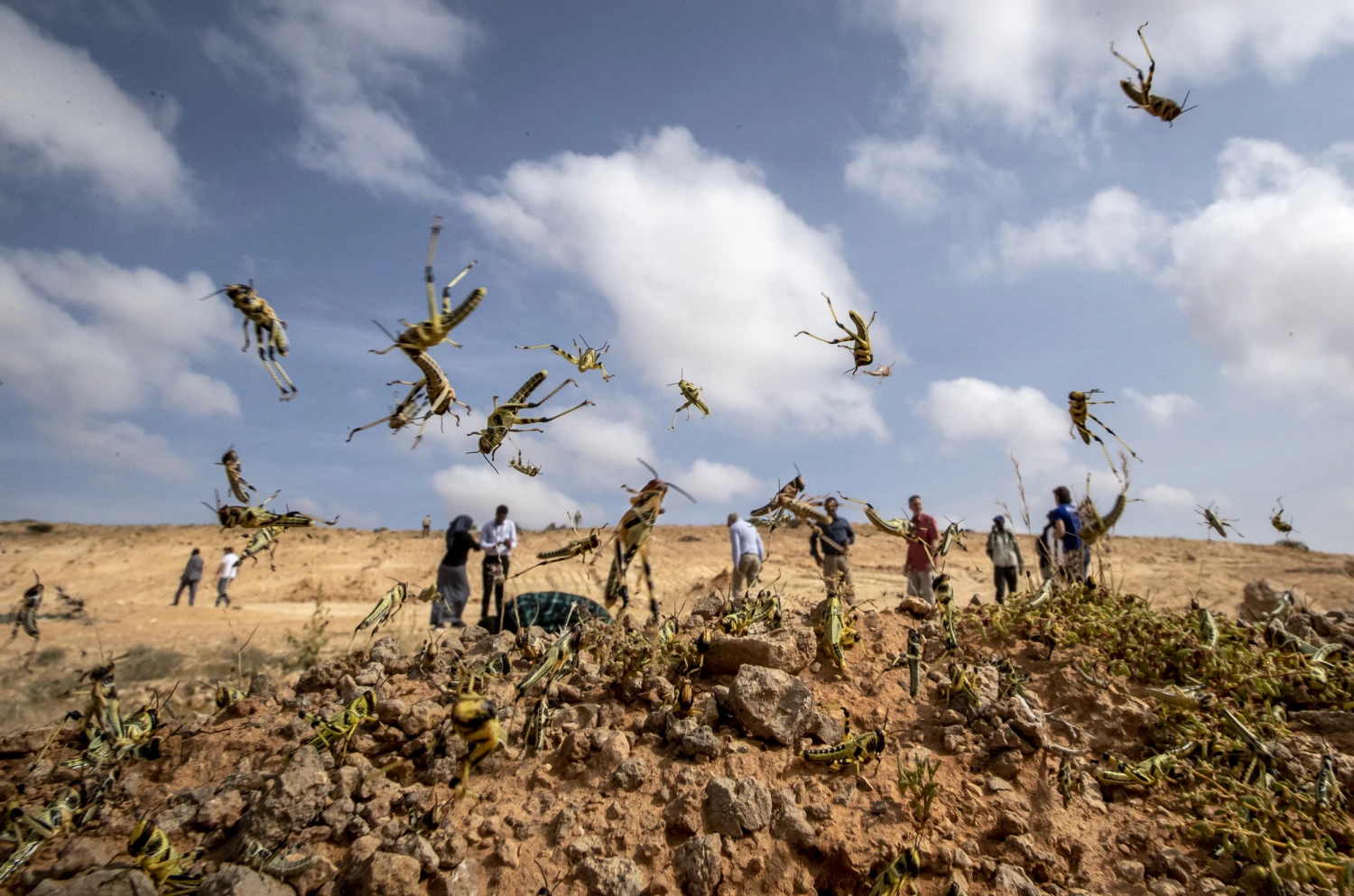Kyrgyzstan took extensive measures to combat a locust infestation, treating almost 45,000 hectares of land to eradicate the pest, the Ministry of Water Resources, Agriculture, and Processing Industry reports. The ministry reported that locusts were detected on 54,795 hectares of land, prompting proactive measures. Experts predict a potential spread to 65,000 hectares in 2024, leading the government to allocate KGS 33.5 mn (over $380,000) from the republican budget for insect control.

To counter the locust threat, the ministry mobilized 13 units of specialized equipment, including nine with pesticide application capabilities, as well as three units for pesticide delivery and 12 tractors.
Kyrgyzstan is home to over 50 locust species, categorized as gregarious or non-regarious. Among the gregarious types, the Moroccan and Italian locusts pose the greatest threat, known for their ability to cover vast areas and inflict substantial agricultural damage. These pests can travel up to 100 kilometres per day, with 500,000 locusts consuming 2,500 human food units daily, and each female laying between 40 to 80 eggs.
As of April 2024, locust hatching and development were observed across all Caucasus and Central Asia (CCA) countries. While Italian Locust hatching was noted in southern Kazakhstan, Migratory Locust hatching occurred in Russia's Krasnodar region. CCA countries collectively treated 335,094 hectares since the start of the 2024 campaign, reflecting a 17% increase from the same period in 2023.
Locusts, if left uncontrolled, have the potential to damage over 25 mn hectares of pastures and crops, directly impacting more than 20 mn people. Their ability to fly long distances and feed on various crops common in Central Asia underscores the urgency of effective control measures.
Follow Daryo's official Instagram and Twitter pages to keep current on world news.
Comments (0)